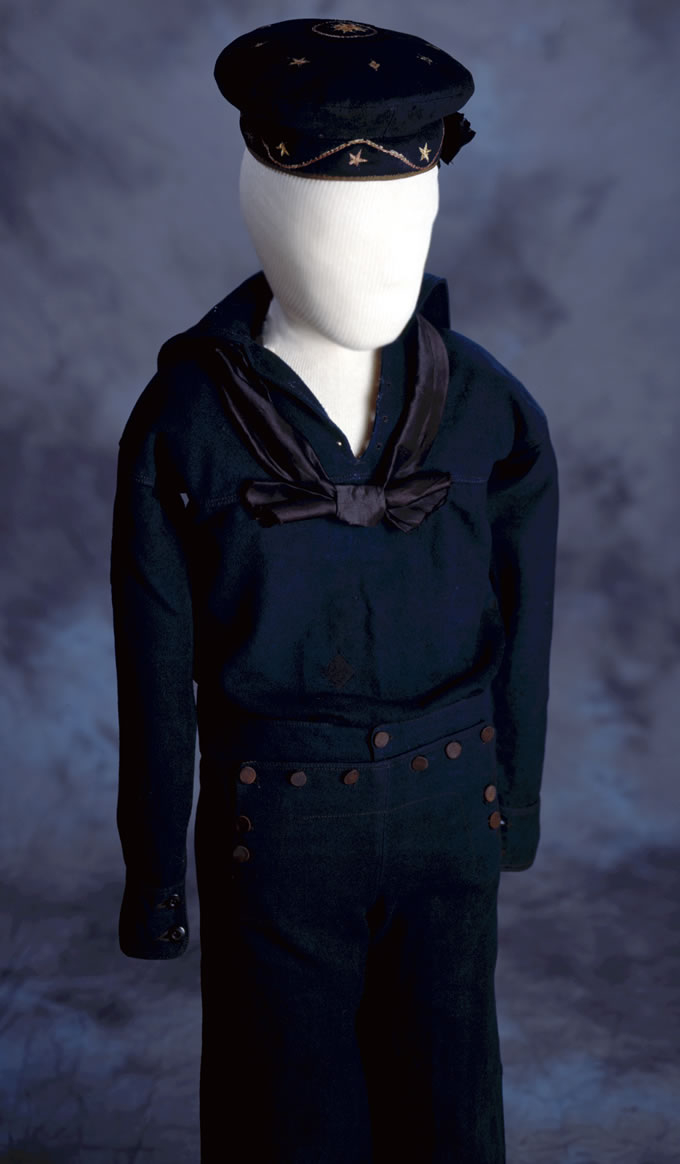

Prime Minister John Curtin called Japan's entry into the war Australia's "darkest hour". Children participated in fundraising events, knitted, and collected items for recycling. Many others undertook paid work in urban and rural industries, often while continuing to care for their homes and families. Thousands of women served in the armed forces in wider-ranging roles than nursing, to which they had traditionally been restricted. By the time Japan surrendered in August 1945, Australia was a very different country from the one that had gone to war in support of Britain in 1939.

Only after Japan entered the war in December 1941 did fighting come to the Asia-Pacific region. In its early years, fighting took place mostly in Europe and around the Mediterranean. Introductionįor Australians the Second World War began on the far side of the world. Readers of Aboriginal and Torres Strait Islander descent should be aware that this book contains images of deceased Indigenous peoples. Teachers may wish to be sensitive to those students who have personal experience with conflict, family members who are veterans, or parents serving overseas in war zones. You may feel sad after reading some of them. Most of these stories take place during wartime.


 0 kommentar(er)
0 kommentar(er)
